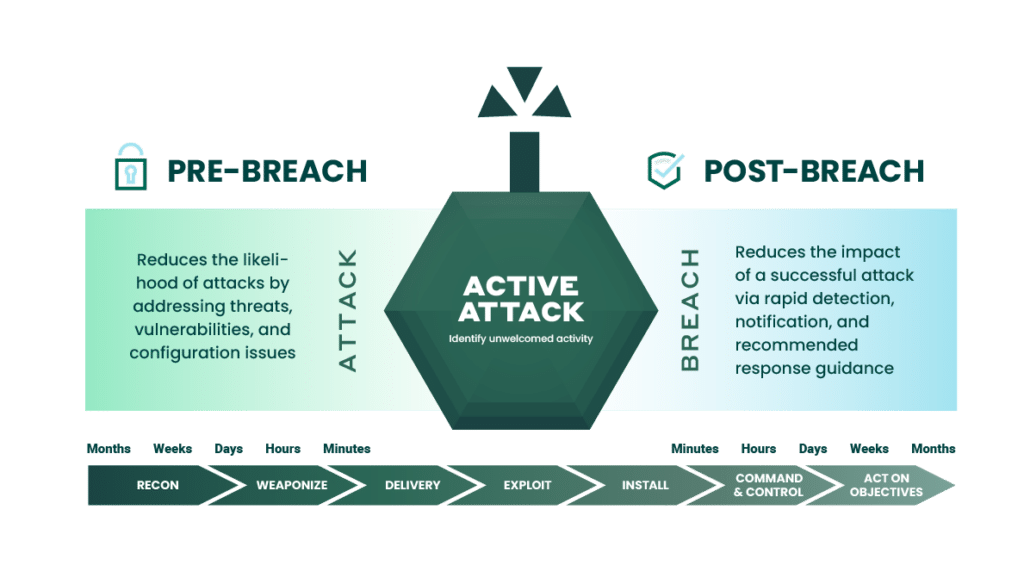Cloud security continues to be a top concern for IT leaders, but the truth can be humbling. Your organization never will be 100% safe from a security breach. It’s simply impossible. There are way too many threat actors that can attack you using increasingly sophisticated, organized methods. You can, however, reduce your risk of serious loss with a solid cloud security strategy.
Your strategy must contain both pre- and post-breach elements. Following are five key elements of a strong cloud security strategy:
Visibility
Lack of visibility around cloud infrastructure is one of the top concerns for many organizations. The cloud offers seamless deployment of new workloads whenever necessary. Take, for instance, the creation of a workload to tackle a short-term project or meet a sudden surge in demand. However, once the project concludes, these assets often fade into obscurity. Cloud environments remain fluid, ever-changing entities. Without proper insight into these shifts, your organization risks exposure to potential security breaches. After all, you can’t protect what you can’t see.
Exposure Management
Protecting your organization is about limiting your exposure and reducing risk. Prioritizing and addressing vulnerabilities that can cause disruption to your business is a team effort. You need alignment on the top concerns between your IT and security groups and a strong, collaborative relationship between them to effectively manage your exposure.
[Related Reading: Successful Cloud Modernization]
Prevention Controls
Organizations, especially those managing extensive on-premises or hybrid setups, face a significant challenge with tool compatibility when transitioning to the cloud. Existing tools often struggle to seamlessly integrate with cloud environments. Moreover, the expansion into the cloud introduces novel attack pathways, necessitating heightened security measures. It’s imperative to establish robust security controls from the outset and adapt them as needed to effectively counter evolving threats in the cloud landscape.
Detection
When a breach occurs, do you have the capability to detect it swiftly? This poses a significant challenge for numerous organizations due to the scarcity of cybersecurity expertise available in the market. In 2023 alone, the global cybersecurity sector faced a shortfall of over 3.99 million positions. It’s crucial for your security infrastructure to promptly identify anomalies, enabling you to mitigate potential damages effectively. Threat actors employ automated tools for their attacks, necessitating vigilant monitoring of your environment either internally or by outsourcing to a trusted third party.
[Related Reading: Bridging the Cybersecurity Talent Shortage]
Response
An essential component of any robust cloud security strategy is a well-defined action plan. Operating under the assumption that a breach is inevitable, it’s imperative to have a meticulously documented strategy outlining roles and responsibilities. This includes clear identification of departments and individuals involved, ensuring everyone understands their duties in mitigating the impact and restoring normal operations swiftly. Regular testing, review, and annual updates are essential to keep the plan relevant and effective.
Cloud security is a shared responsibility between you and your cloud provider. Crafting an effective cloud security strategy for your organization hinges on grasping the division between the provider’s responsibilities and your own.
Fortra’s Alert Logic is a managed security provider with extended detection and response (XDR) and managed detection and response (MDR) solutions provider. Our security experts, data scientists, vulnerability researchers, and 24/7 monitoring capability can help you proactively identify vulnerabilities and root out threat actors so you can deliver the best protection possible for your organization’s applications and data.

